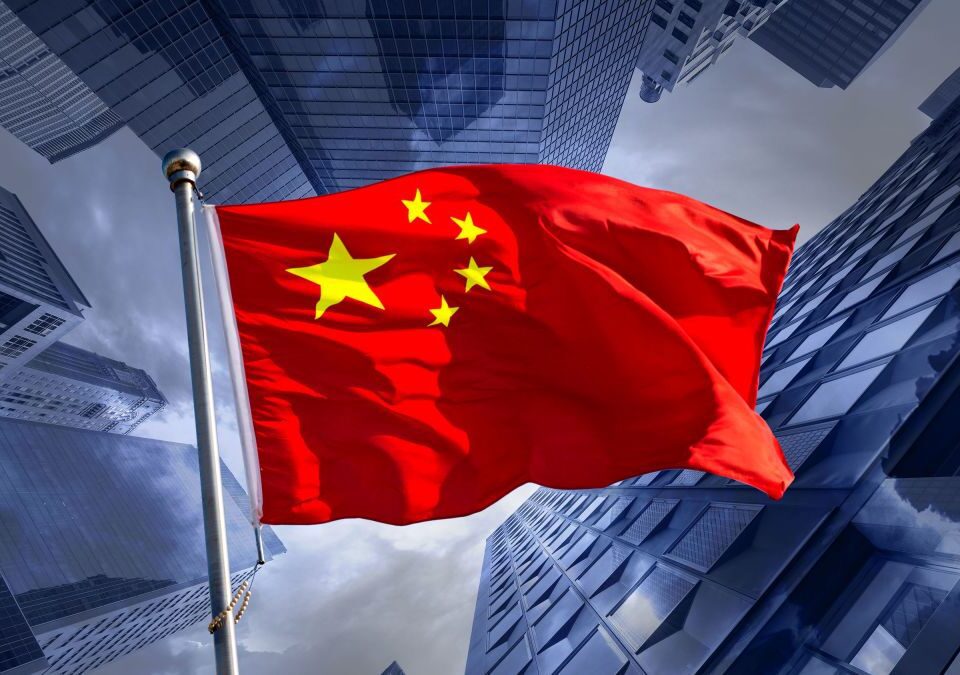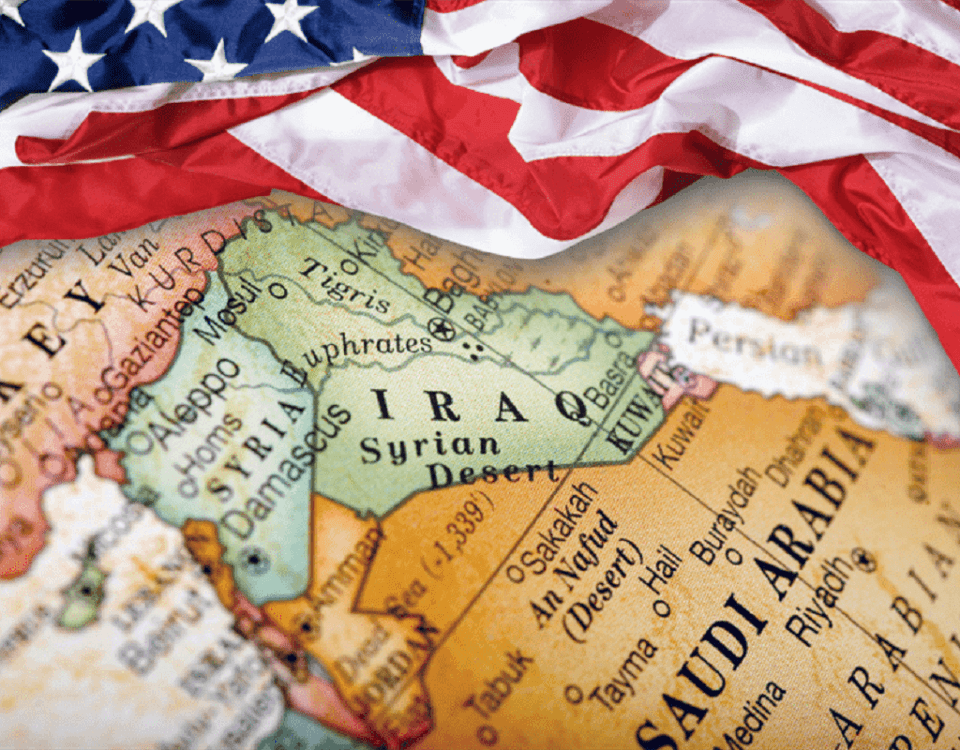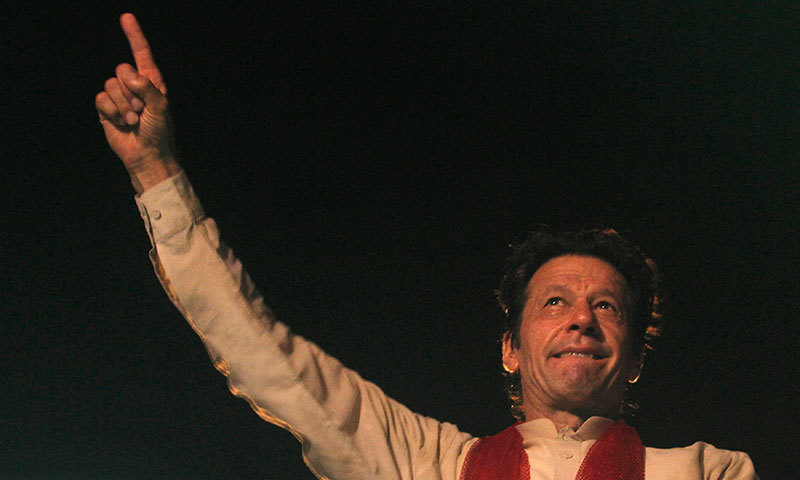
In ‘Naya’ Pakistan, whose interests come first?
September 21, 2018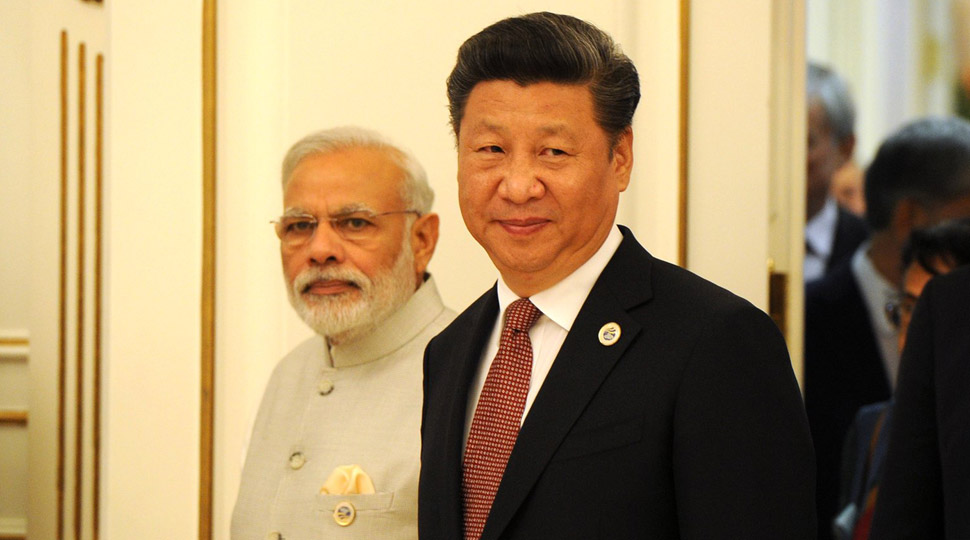
Rise of China: The Strategic Response of India
September 22, 2018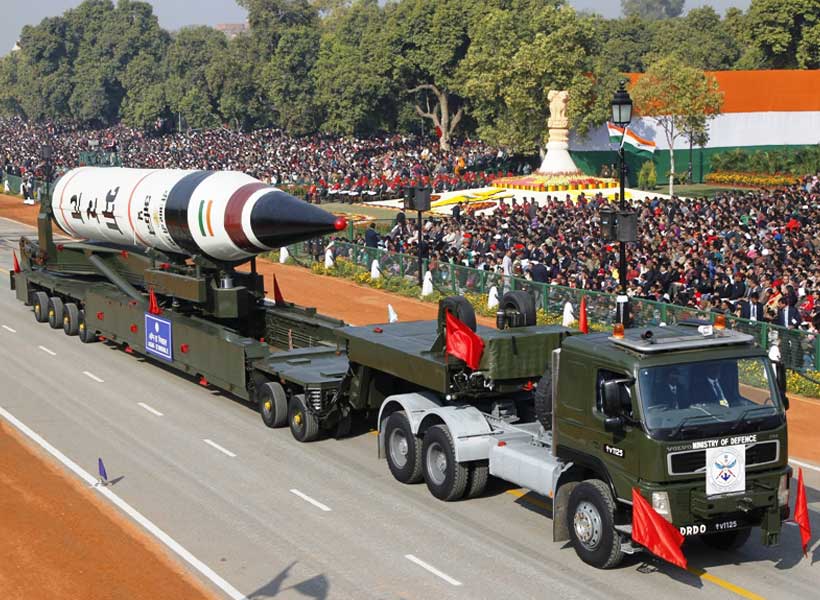
There is an old understanding that ‘Geography inspires strategy in India’. Indian national interests have geo-centric orientation in defining its operational areas of vital significance. India has adopted strategic choice of military modernisation in order to develop effective military capability to diplomatically coerce and strategically assert Indian power through power projection in these vital areas of its national interest to be reckon as great power. These vital areas include South Asia, South East Asia, West Asia, Central Asia and Indian Ocean region.
This strategic expansionism has been incorporated in India’s “extended neighbourhood doctrine.” Indian Ministry of Defence and Ministry of External Affairs annual reports 2000-01 cited greater Indian role in Indo-Pacific Oceans and adjacent areas by chalking out concept of extended neighbourhood “an area of Indian national interest stretched from Persian Gulf to Strait of Malacca.”This vision of an extended neighbourhood involves power projection by India. Indian Ministry of Defence in 2017-18 still cited extended neighbourhood as a guiding framework for securing strategic interests of India.
Since 2000, India has embarked on the distinct pattern of military modernisation due to incentives created by the phenomenal rise of its economic growth achieved at the GDP rate of 7% from 1980 to 2000. India is aspiring hard to act as great power in the South Asian region, Indian Ocean region and even in the larger international system. Power projection is deemed as an essential aspect for great power status. This ambition has been reinforced after signing of strategic cooperation agreement with USA in 2005.
However, a primary challenge to Indian primacy in its immediate neighbourhood emerges from Pakistan and China. India has failed to strategically manoeuvre its conventional military superiority during military stand-off of 2001-02 against Pakistan due to its delayed deployment of military equipment and mobilisation of armed forces. In 2004, India orchestrated new military strategy and renewed military modernisation plan under the crest of Cold Start Doctrine (CSD).
Under this new military doctrine and ambitions for leadership in the Indian Ocean region, India spiked its military modernisation program by increase in its defence spending, reorganisation of armed forces, changes in its security and foreign policy doctrines. It is important to note that the ambition of Indian power projection through viable means acquired by military modernisation has not emerged out of the blue but has historic orientation.
India and Pakistan have remained persistently engaged in hostilities with periodic interludes since their inception in 1947. The Machiavellian lens of mistrust and misconception operates as main defining framework in their relationship. The traumatic experiences of communal violence during early years of state-formation and inter-state wars of 1948,1965 and 1971 along four compounding crisis of 1987, 1990, 1999 and 2001-02 reflect traditional pattern of amity and enmity between them in South Asian state system.
Competitive dimension of their relationship overlaps the cooperative contours of their diplomatic, political and strategic engagement. The measures taken by India to modernise its armed forces have resulted in the spiral up model of militarisation in South Asia and persistent increase in its defence spending. This phenomenon has severe implications for regional balance of power and strategic stability in south Asia owing to nuclear capable neighbour but rival states, Pakistan and India.
Since Premier Modi’s ascendance to power in 2014, under the umbrella of “Make in India initiative” this military modernisation has taken new dimension of intensive military diplomacy, indigenization of defence industry through defence production and procurement reforms,spike in defence spending and strategic partnerships with external powers. Indian offensive war doctrine named as joint armed forces doctrine 2017 has officially endorsed controversial and offensive military “surgical strikes”against Pakistan as strategic option within the fold of conventional war.Indian security and foreign policy towards Pakistan appeared more assertive and non-engaging under Modi government in order to change Pakistan’s stance towards plebiscite in Kashmir and dialogue on terrorism.
Stockholm Peace Research Institute published a comprehensive report in 2015, which mentioned that India has outpaced China in defence imports as world’s largest importer of arms. India has procured defence arsenal of $15 billion from USA during 2005 to 2015. The 2016-2017 Indian defence budget estimates $51 billion, which is phenomenal contrast to approximately $12 billion in 2013. This scheme of Indian defence modernisation is pervasive which incorporates Army, Air Force, Navy, Outer Space, Cyber Space and Nuclear Arsenal. Due to this spiked military modernisation, India’s relative power will undergo great transformation, which will have direct forbearance on Pakistan’s security because of more assertive Indian security and foreign policy towards Pakistan.
The cancellation of foreign secretary level bilateral dialogue in August 2014, rise in skirmishes on Line of Control, an operational border between Pakistan and India, during 2015-16 and cancellation of SAARC Islamabad summit in 2016 reflect non-cooperative and assertive Indian security and foreign policy behaviour towards Pakistan. In September 2016, Indian army claimed a controversial surgical strike across line of control in Pakistan’s administrated Kashmir against perceived terrorist launching pads while claims were refuted by Pakistan as fabricated and erroneous.
India has embraced surgical strikes as military operation option in Joint Armed Forces doctrine 2017. This reflects an over ambitious Indian approach of power projection which has debilitating implications for Pakistan’s security. Indian national interest has geo-centric and expansionist orientation while India has bellicose approach toward its neighbourhood especially against Pakistan. This geo strategy of India by claiming use of military force against Pakistan as coercion mechanism despite having cognisance of military potential of Pakistan is a strategic gamble which needs to be exposed before international community as Indian aggression and challenge to strategic stability of south Asia. The fall out of this strategic miscalculation could be nuclear conflict because of tactical nuclear weapon capability of Pakistan which could have placed global peace and stability in jeopardy. Pakistan’s strategic management mitigated this crisis. It reveals that Indian military modernisation strategy to coerce Pakistan failed to achieve its objective.
By Ayaz Khokhar
(The author holds M.Phil in IR from School of Politics and International Relations, Quaid-I-Azam University.He is currently engaged in independent research on Strategic Dimensions of Pakistan and Indian politics)




